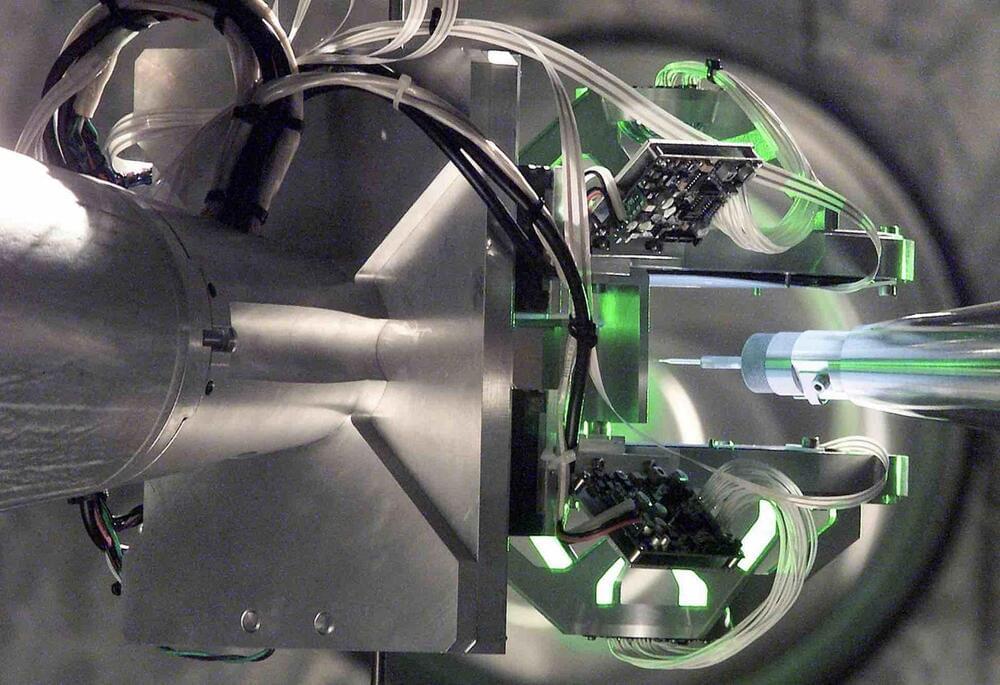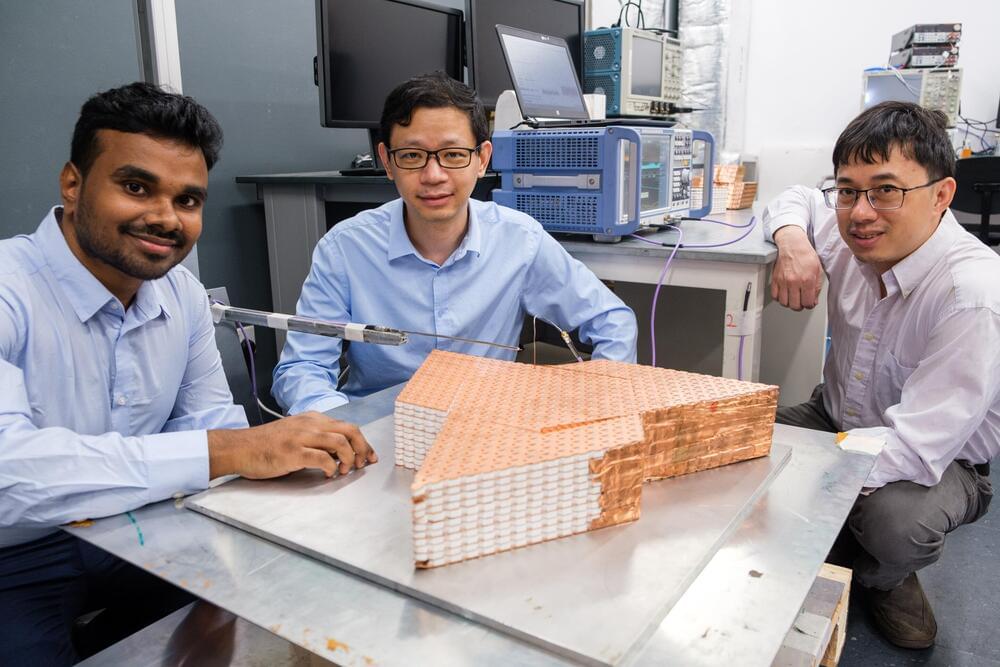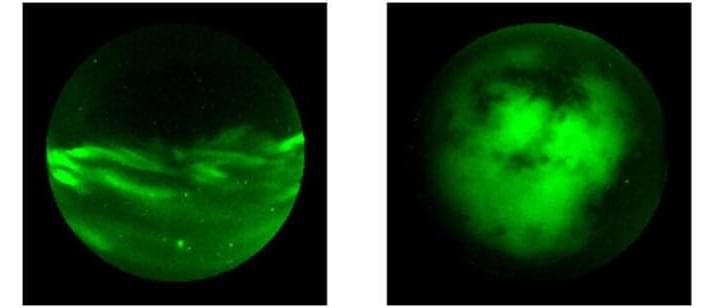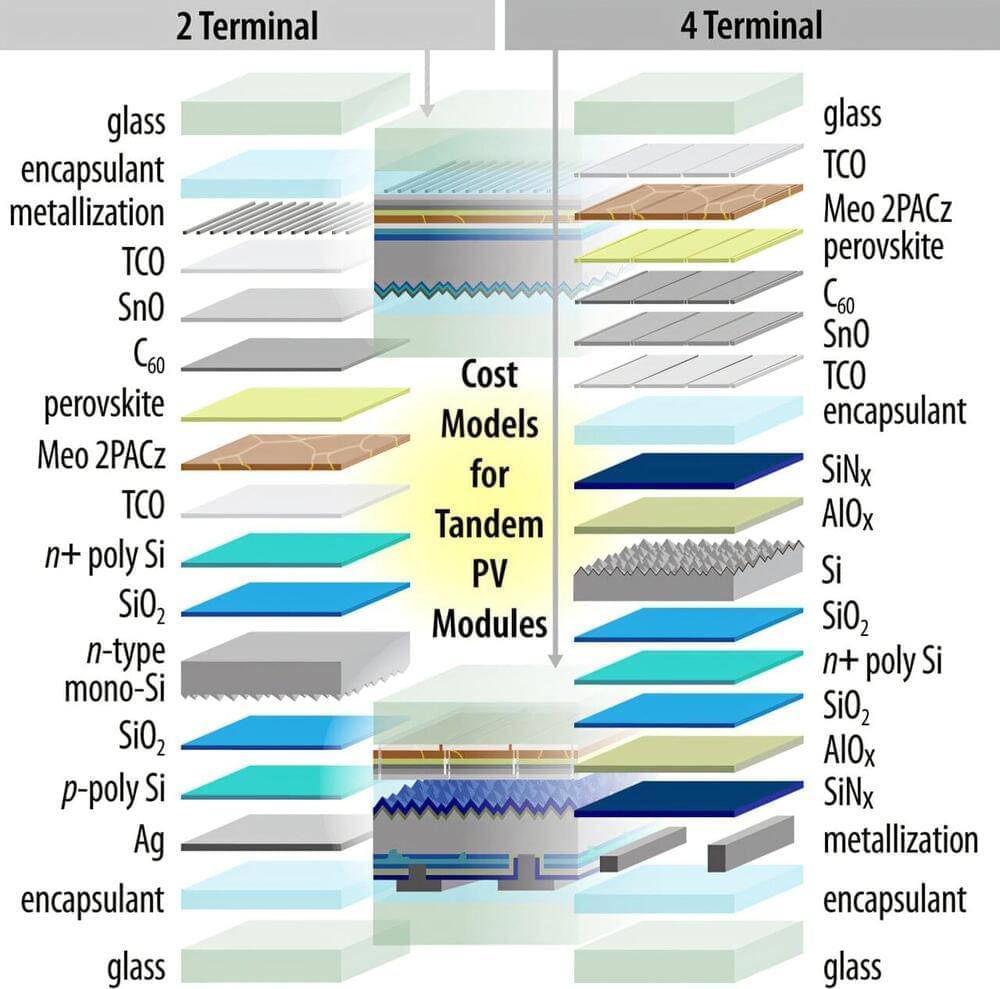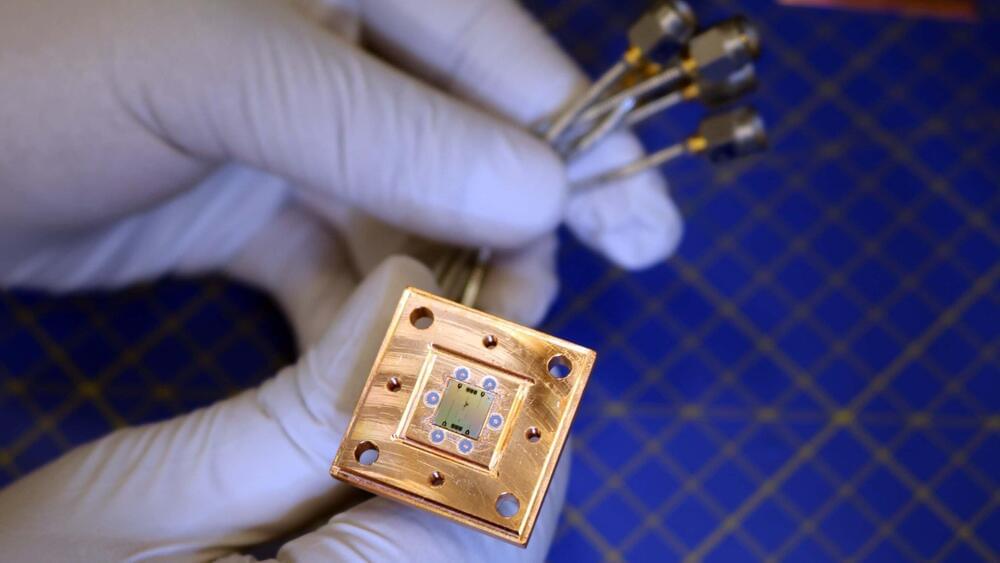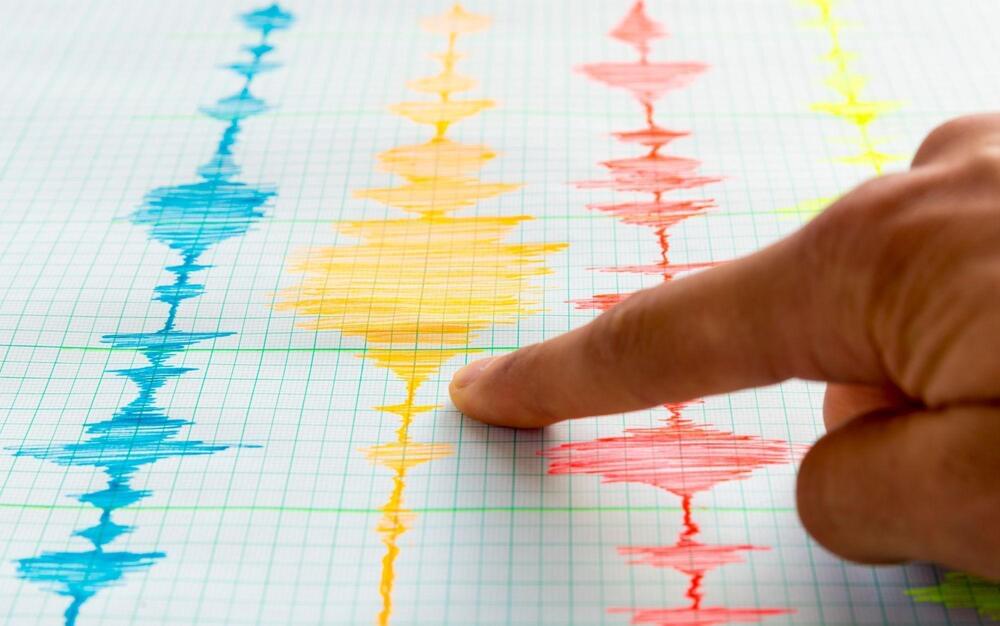Chinese researchers say that recent advancements in the burgeoning field of inertial confinement fusion are bringing us one step closer to making accessible nuclear fusion a reality.
The new findings, which incorporate innovative new modeling approaches, could open new avenues for the exploration of the mysteries surrounding high-energy-density physics, and could potentially offer a window toward understanding the physics of the early universe.
Harnessing controlled nuclear fusion as a potential source of clean energy has seen several significant advancements in recent years, and the recent research by a Chinese team, funded by the Strategic Priority Research Program of Chinese Academy of Sciences and published in Science Bulletin last month, signals the next wave of insights with what the team calls a “surprising observation” involving supra-thermal ions during observations of fusion burning plasmas at National Ignition Facility (NIF) at Lawrence Livermore National Laboratory in California.
